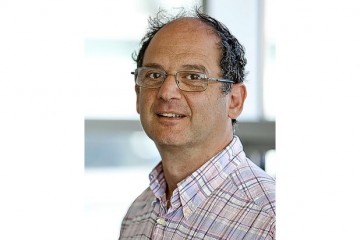Pilot study grant
Establishment of non-transformed, continuously growing, alternatively activated mouse macrophage cell lines

At a glance
Completed
Award date
November 2013 - October 2014
Grant amount
£75,492
Principal investigator
Dr Gyorgy Fejer
Co-investigator(s)
- Professor Simon Jackson
- Professor Nigel Silman
- Dr Lars Dolken
Institute
University of Southampton
R
- Reduction
- Replacement
Read the abstract
View the grant profile on GtR
